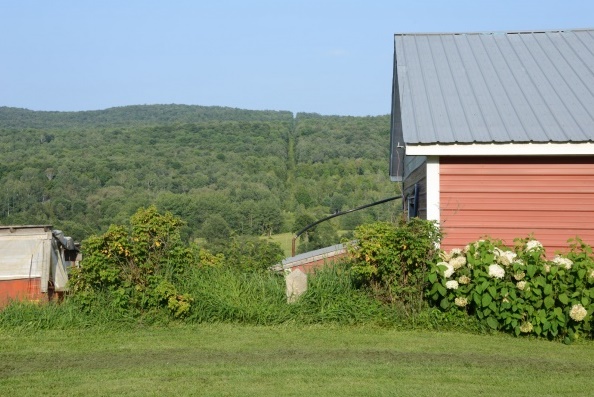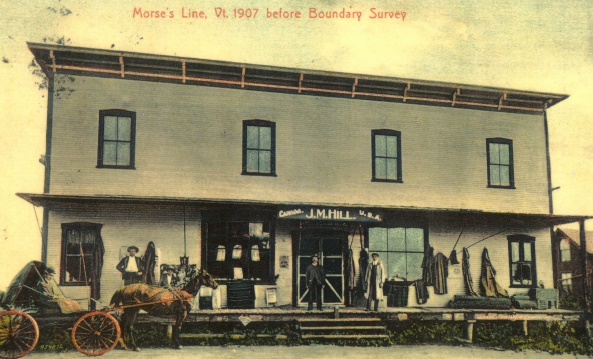An invisible border
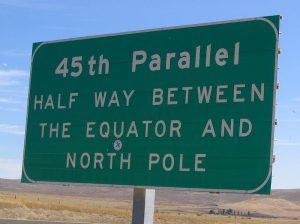
Equidistant between the equator and the North Pole, the 45th parallel became the official border between Sutton Township and Vermont in 1842.
The Webster-Ashburton Treaty, signed in 1842, finally fixed the Canada-U.S. border between southern Québec and the State of Vermont at the 45th Parallel of North Latitude.
This new border crosses the landscape regardless of what it divides: a cemetery, a farm, a house or even a border post.
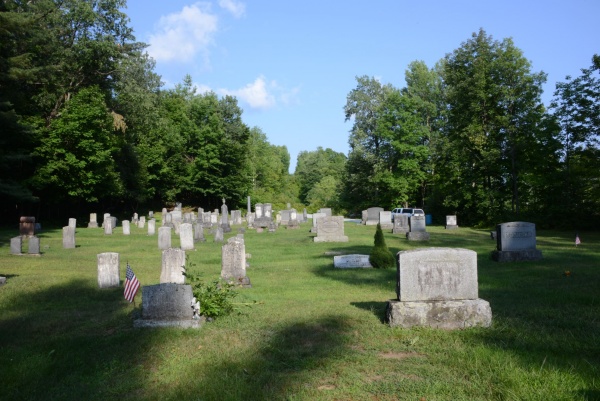
This cemetery where both Canadians and Americans lie buried straddles the border between East Richford and Glen Sutton.
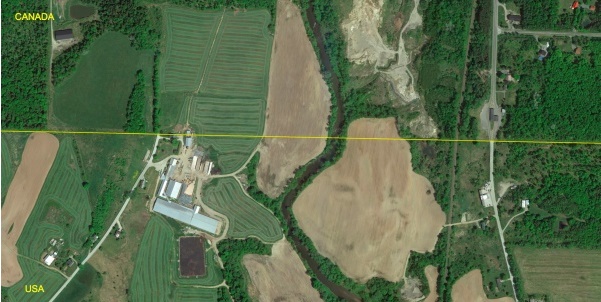
The border between Richford and Abercorn cuts through a farm run by the Hurtubise family. Part of their land and part of their house is in Canada.


